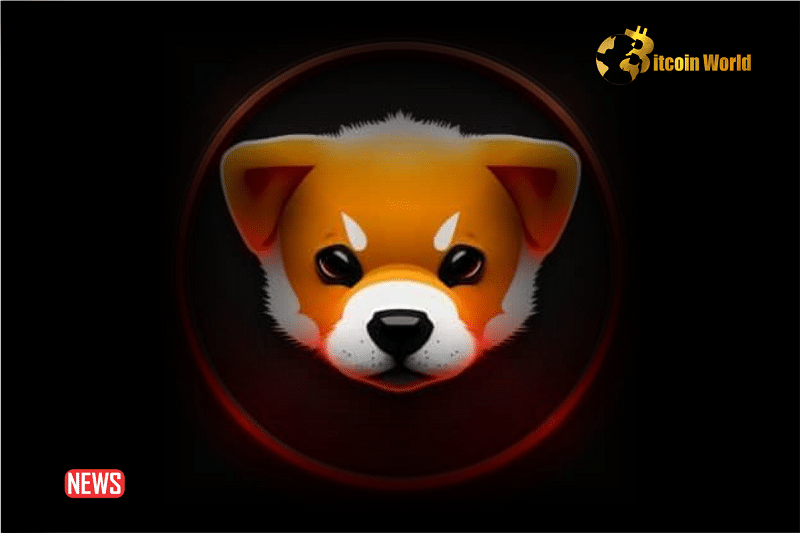Exciting news for the Shiba Inu community! Get ready for a significant shift in the SHIB token economy. The Shiba Inu team has just dropped a major announcement: automated SHIB token burns are officially kicking off! This isn’t just another update; it’s a strategic move designed to potentially reshape the future value of your SHIB holdings. Let’s dive into what this means for you and the Shiba Inu ecosystem.
- The Shiba Inu team has officially announced the start of the automated SHIB token burn.
- The automated burn process is set to begin on the testnet, Puppynet, for thorough testing and optimization.
- This pivotal development was revealed in the 11th edition of Shiba Inu Magazine.
In a significant development for the Shiba Inu cryptocurrency, the team behind the popular digital asset has announced the commencement of an automated SHIB token-burning mechanism. This exciting update, revealed in the latest edition of Shiba Inu Magazine, marks a pivotal step in the evolution of the cryptocurrency’s economic model. For those closely following SHIB, this is a moment you’ve been waiting for!
Automated Burn System: Is This a Game Changer For Shiba Inu?
Absolutely, it could be! The introduction of the automated SHIB token burn is initially being deployed on the testnet, known as Puppynet. Think of Puppynet as the sandbox where developers test new features before they go live to the main Shiba Inu network. This initial phase is super critical. It’s all about ensuring the system is not only efficient but also rock-solid reliable before it’s fully integrated into the Mainnet. Imagine the system going live and having glitches – Puppynet is there to prevent exactly that!
See Also: Shiba Inu Team to Automate SHIB Burns Amid Community Concerns
The development team is really emphasizing the importance of this testing phase. They’re planning multiple upgrades to fine-tune performance and boost transparency. It’s not just about burning tokens; it’s about building a system that’s sustainable and trustworthy for the long haul.
This strategic move to an automated process builds upon the foundation laid by five previous manual SHIB burns. These manual burns, which successfully removed over 43 billion SHIB tokens from circulation, were a significant part of Shiba Inu’s economic strategy. These tokens were burned using fees generated from transactions on the Shibarium blockchain. Most recently, a substantial 9.351 billion tokens were eradicated, further shrinking the SHIB token supply.
Impact On SHIB Tokenomics And Market Outlook: What to Expect?
So, what does automating the burn mechanism really mean for SHIB tokenomics and the market? Implementing the automated burn mechanism is designed to strengthen the SHIB network’s economic model by strategically and consistently reducing the total token supply. In simple terms: less supply, potentially higher demand, and thus, potentially an increase in value for Shiba Inu tokens. That’s the core idea!
See Also: Shiba Inu Becomes The Second Most Traded Coin Beating Out Ethereum, Cardano, And XRP
Once the automated system is fully live on the main network, it will operate based on a set of predefined rules. This automation is key for enhancing both the efficiency and transparency of the token-burning process. No more manual interventions – just a smooth, predictable burn mechanism working in the background.
The Shiba Inu team’s decision to transition from manual to automated burns represents a major step forward in the cryptocurrency’s overall strategy. By automating the burn process, the team aims to inject more dynamism into the token’s economy, and ultimately, positively influence its market performance. Keep an eye on Puppynet testing and future announcements – this could be a significant chapter in the Shiba Inu story!
Disclaimer: The information provided is not trading advice, Bitcoinworld.co.in holds no liability for any investments made based on the information provided on this page. We strongly recommend independent research and/or consultation with a qualified professional before making any investment decisions.


